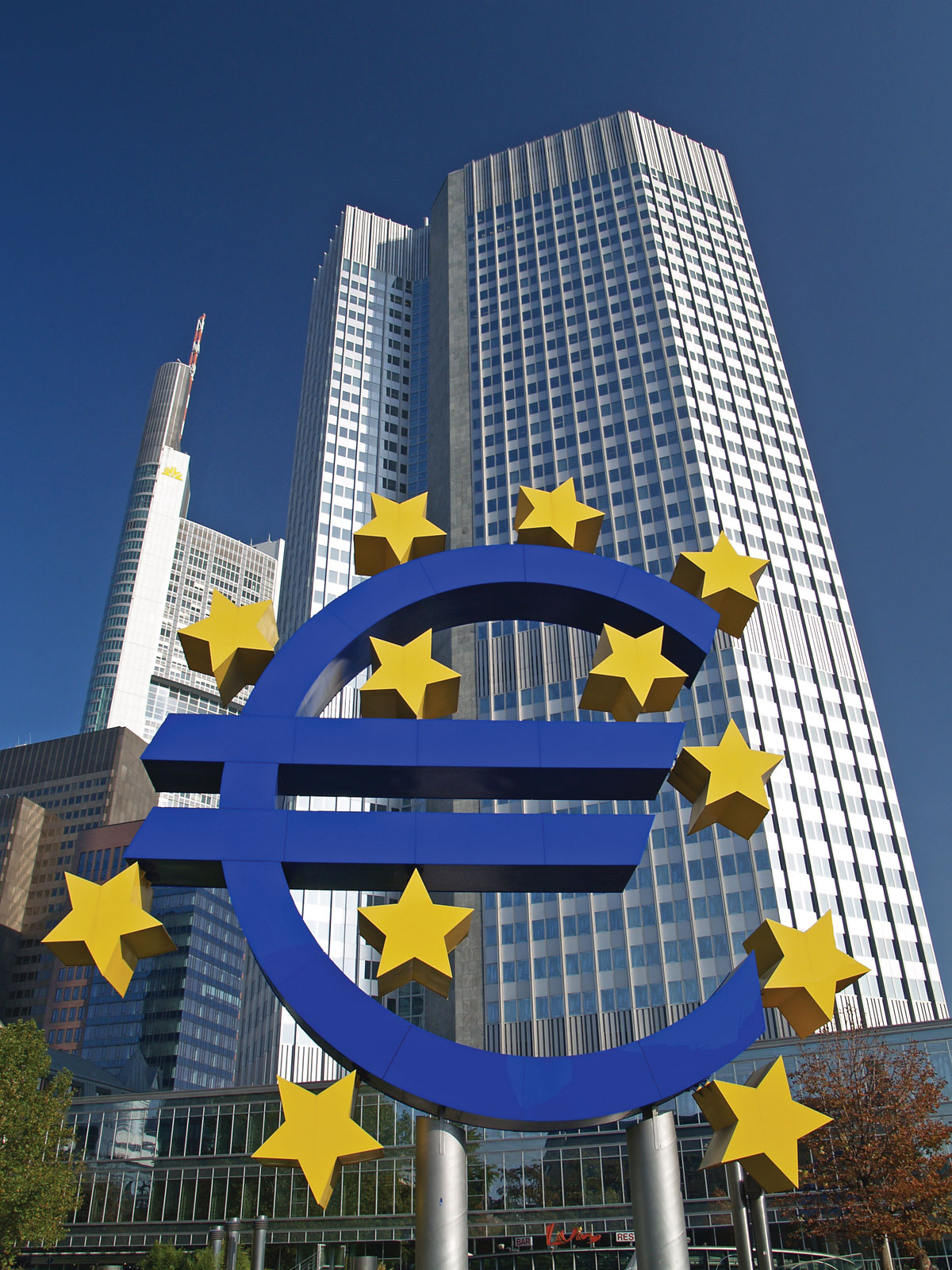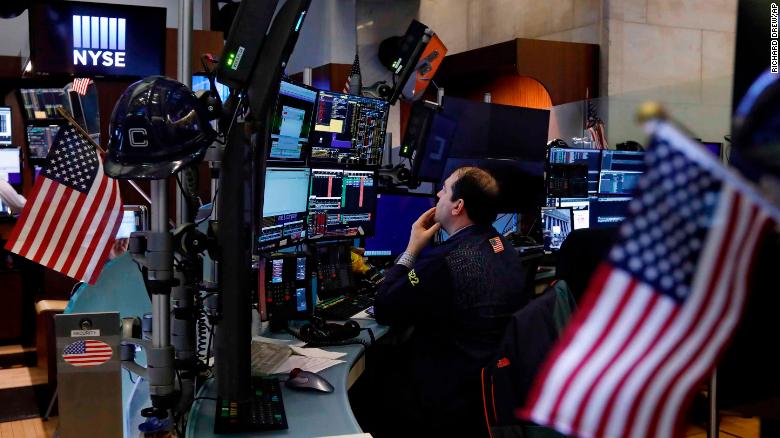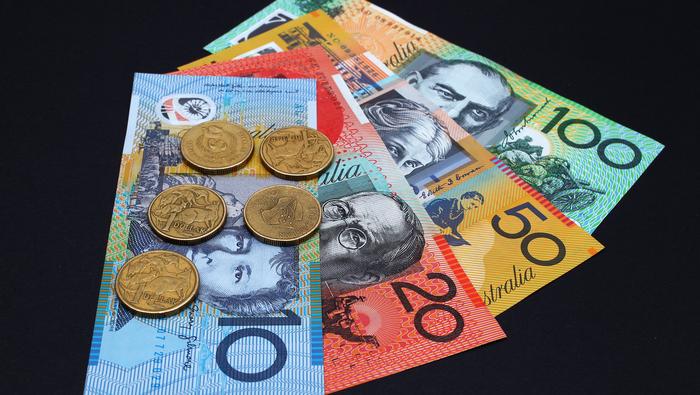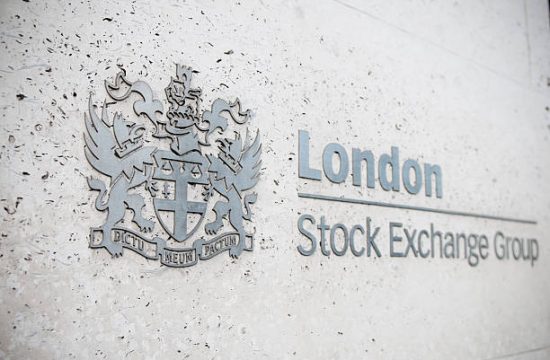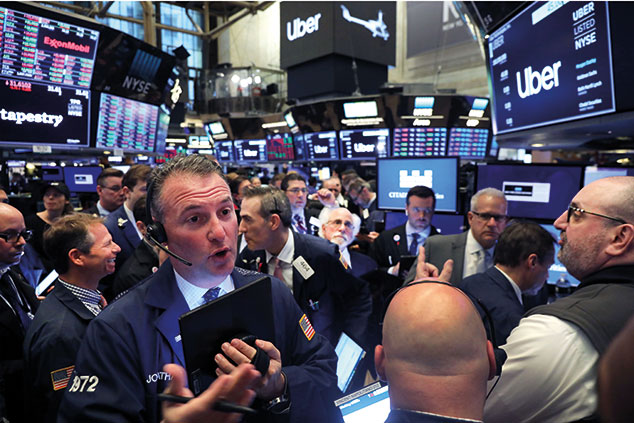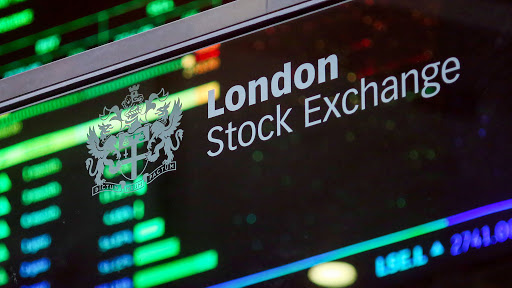
Summary: We are onside with the consensus in expecting an increase in the PEPP of EUR 500bn and its extension until 2021. The ECB is also likely to take note of the most recent data and downgrade its macroeconomic projections for this year. Any explicit reference to long term deviation from capital keys would be very welcome by market participants as it would signal that the ECB is ready to show flexibility overtime to help countries most affected by the crisis and to avoid a widening of sovereign spreads.
The ECB systemic stress indicator initially developed by Hollo, Kremer and Lo Duca in 2012, and based on fifteen financial stress measures, points out that further support from the ECB is needed to limit financial issues that could slow down the recovery. Though it has receded from its annual peak reached in mid-March, it remains in the risk-zone territory at 0.25. To address ongoing tensions and absorb all the new coronavirus debt issued by euro area countries, we expect the ECB to increase the size of its new Pandemic Emergency Purchase Programme (PEPP) from EUR 750bn to EUR 1.25tr and extend it beyond 2020, at least until June/September 2021.
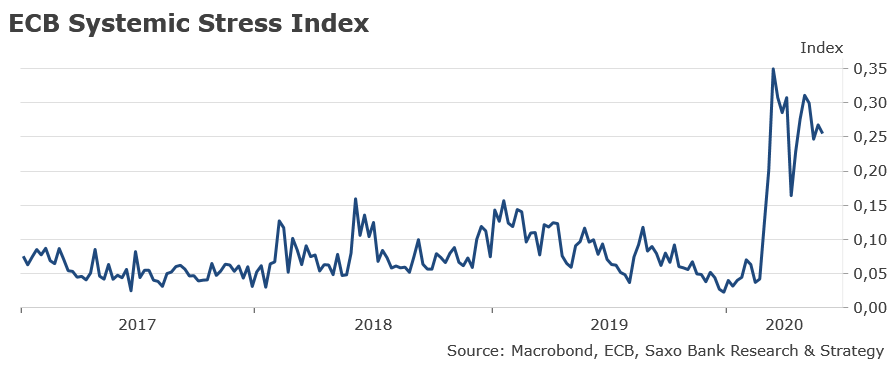
Following the release of the worst euro area GDP figure on record in Q1 (at minus 3.8% QoQ) and given the second-quarter print will be even worse due to the impact of strict lockdown, the ECB is likely to downward its macroeconomic projections for 2020. One month ago, the ECB presented different growth scenarios, with GDP contraction reaching -5% to -12% before a rebound in 2021 between +4% to +6%. We think the baseline growth forecast should be close to the most severe scenario, around -10% this year. The amplitude of the rebound in 2021 will be highly dependent on fiscal policy and the steady implementation of the EU recovery fund worth EUR 750bn presented last week by the EC.
In this regard, uncertainty remains since the political bargaining between member states has just started. Thought it is a positive step forward, this is not the “Hamilton moment” expected by many European enthusiasts. It is ill-timed – the peak of the stimulus package will be reached only in 2024! – and it is insufficient in terms of amounts allocated to cope with the economic disaster, especially in countries most hit.
During the press conference, any explicit reference to long term deviation from capital keys could be bullish for the market. It would constitute a clear signal that the ECB is eager to show flexibility in running its PEPP and is committed to doing whatever it takes to avoid a widening of euro area sovereign spreads.
We cannot exclude the possibility the ECB could give indications of an increase in supranational bonds purchases, whenever it will be the right time, in order to absorb debt issuance linked to the EU recovery fund. It would also have the advantage of mitigating issuer limit since the relative share of sovereign bonds would automatically decrease.
Finally, as it clearly appears the initial shock from the COVID-19 outbreak is mostly deflationary, the ECB could put back on the table the topic of the inflation target that is initially part of its strategy review. A more symmetrical inflation target of, say, 1.5-2.5% in the medium run with a goal to average 2% in the long run, could be clearer and simpler than the current definition. It would also substantially reinforce the credibility of the ECB’s forward guidance in order to address growing deflationary risks.
ECB Post-pandemic policy options:
In case further monetary policy easing would be needed in the long run, the ECB is not running out of ammunition. Below, we have ranked the potential new measures from most likely to least likely to occur:
Lower TLTRO rate: TLTRO is one of the most powerful tools in the ECB toolbox. It is the least politically sensitive – the latest ECB minutes showed broad support to TLTRO – with the biggest positive economic impact and little or no stigma attached. Further TLTRO cut is on the top of the agenda if the ECB needs to act further.
Bank loans purchases: The ECB can also decide to buy private assets. Purchase of bank loans (corporate loans), as the Federal Reserve is doing with the Main Street Lending Facility, could be one option to encourage banks to give money more freely to businesses in need of a loan and free them of most of the associated risk.
HY purchases: The ECB might need to include HY bonds in its PEPP, focusing primarily on fallen angels, if the euro area faces a wave of credit downgrade in the coming months as the real impact of the crisis will be more visible.
More negative rates: This is unlikely, due to the negative consequences on banks’ profitability.
Yield Curve Control: It is mostly an exit strategy in case the ECB would like to run the economy hot when the recovery will materialize while preventing yields from rising too fast. The incremental approach could consist in targeting front-end yields (i.e. up to two years) to make sure borrowing costs would remain low. However, it faces both technical and legal constraints.
YCC can work fine in true monetary unions, like the U.S. or Japan, but in the euro area, it would imply that the ECB targets several yield curve simultaneously – which would seriously complicate the task. On top of that, the ECB is legally bounded to buy assets provided that it respects the principle of proportionality – which would not be the case with YCC.
OMT programme: It is still part of the toolbox, but it is a last-resort measure that could be activated only in case of an unexpected and sudden credit crunch that would limit member states’ access to public markets.

